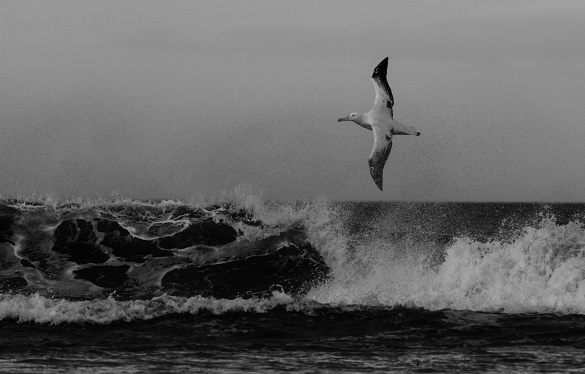
How seabirds navigate across thousands of miles of seemingly featureless ocean is one of nature’s mysteries.
It is known that seabirds use a range of cues including sight and smell to direct their long-distance oceanic flights but this information alone is unlikely to fully explain how birds navigate over such long distances.
Now a new study led by researchers at the University of Liverpool has explored the idea that infrasound – low frequency sound below 20 Hz – could play an important role in helping seabirds find their way across open water.
Published in the journal Frontiers in Ecology and Evolution, researchers reviewed the physics of low frequency sound and the physiology of how birds might hear it. They developed a framework to assess how seabirds could use information provided by different infrasound sources for navigation.
The researchers were able to conclude that infrasound could play an important role as a navigation cue and empirical studies are needed to fully test this hypothesis.
Lead author of the paper, Dr Samantha Patrick from the University of Liverpool’s School of Environmental Sciences, said: “Seabirds cross vast areas of ocean that appear superficially featureless, and our understanding of the mechanisms that they use for navigation remains incomplete, especially in terms of available cues.
“There have been a handful of studies suggesting infrasound could be a valuable navigation cue and this study reviews how and why it birds might use it.”
“We suggest that infrasound may be an important cue for seabird navigation, particularly over long-distances when other cues are uninformative. Further research is needed that brings together models, seabird movement data and in-situ infrasound measurements in order to garner more insight into this important question.”
The paper `Infrasound as a Cue for Seabird Navigation’ (doi.org/10.3389/fevo.2021.740027) is published in the journal Frontiers in Ecology and Evolution.
The project is funded by the Human Frontier Science Program through the Young Investigators’ Grants scheme.